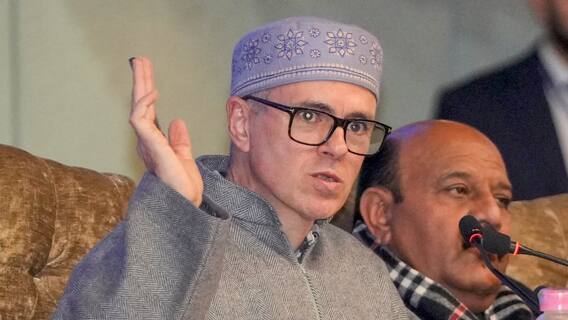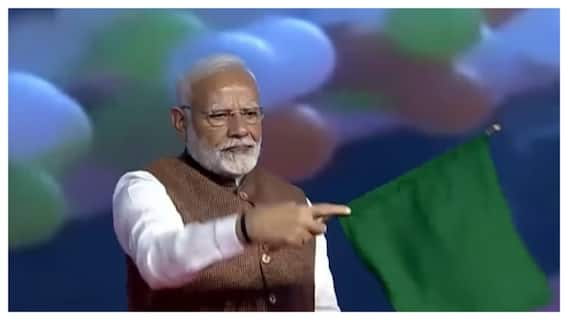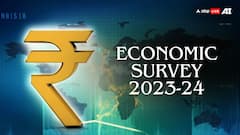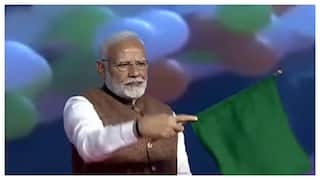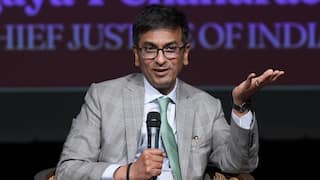Explorer
Advertisement
Budget 2019: Experts want FM Sitharaman to lower GST on clothes under Rs 2,000; check other key suggestions
RAI had suggested FM Sitharaman that the threshold for 5 per cent tax slab on GST on apparels and clothing should be increased to Rs 2,000 per piece from the current Rs 1,000 per piece.

Retail industry also wants the government to make accepting digital payments cheaper than cash. (Image: Getty)
Budget 2019: As Finance Minister Nirmala Sitharaman is all set to table the Budget 2019-20 on July 5, the Retail Association of India (RAI) wants the Bharatiya Janata Party (BJP)-led NDA government to lower the Goods and Services (GST) rate to 5 per cent for clothes and apparels costing below Rs 2,000. In the recently conducted pre-Budget meeting with representatives from every industry, RAI had suggested FM Sitharaman that the threshold for 5 per cent tax slab on GST on apparels and clothing should be increased to Rs 2,000 per piece from the current Rs 1,000 per piece. As of now, 12 per cent GST is applicable on all types of apparels and clothing of sale value exceeding Rs 1,000 per piece.
Though GST issues are not taken up during the Union Budget, but it is possible that Finance Minister could make a suggestion statement which could then be taken up for review by the GST Council in the next meeting. As per reports, Indian retail market is set to cross $1 trillion mark by 2020.
However, slowdown in consumption, tussle between domestic and foreign retailers and taxation woes are some of the issues which the industry is currently reeling under.
Several industry watchdogs aim at calling the government’s attention to key areas in order to provide necessary boost to unleash growth in the retail sector and increase its contribution to the GDP of the country.
According to a report shared by CARE Ratings, the retail industry wants the government to form a ‘National Retail Trade Policy’ to promote ease of doing business in the country and address concerns with regards to sections 132A of the Finance Bill.
Further in order to boost Prime Minister Narendra Modi's flagship Digital India initiative, the retail industry also wants the government to make accepting digital payments cheaper than cash for the retailers, the CARE report said adding that currently, POS machines and high MDR rates continue to cause hindrances in large-scale adoption of digital payments.
Roughly over the past decade, there has been a constant rise in average household income which has resulted in increasing the purchasing power of customers. However, with the entry of foreign brands and market becoming highly competitive, there have been a lot of expectations and demands for bringing in place new policies to provide a level-playing field and drive growth in the retail sector.
Follow Business News on ABP Live for more latest stories and trending topics. Watch breaking news and top headlines online on ABP News LIVE TV
View More
Advertisement
Trending News
Advertisement
Advertisement
Top Headlines
India
India
India
Cities
Advertisement


Sayantan Ghosh
Opinion





